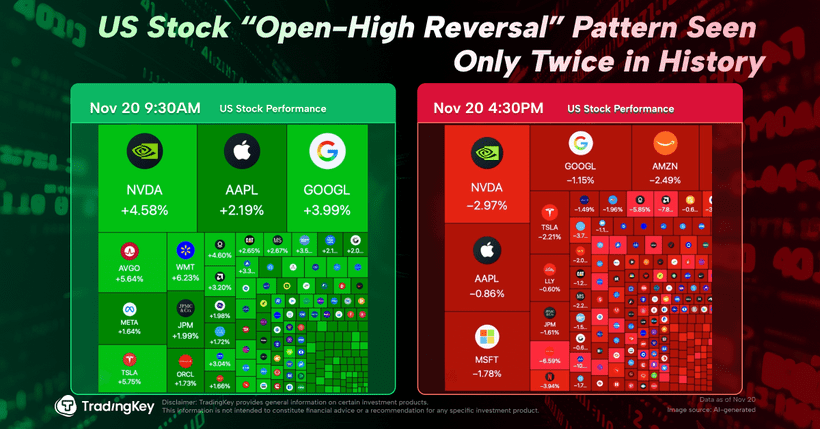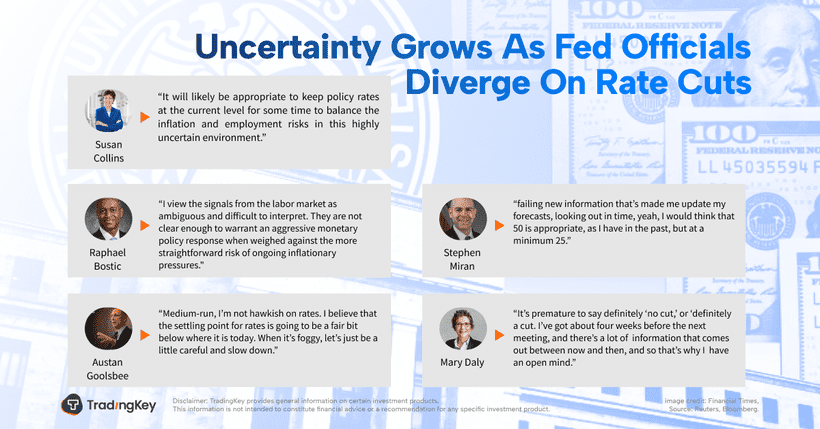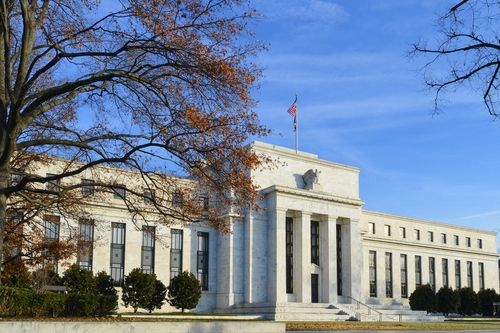Eurozone July HICP Preview: ECB Likely to Continue Rate Cuts


TradingKey - On 20 August 2025, the Eurozone will release its July Harmonised Index of Consumer Prices (HICP) data. Market consensus anticipates the headline HICP to rise by 2% year-on-year, with the core HICP increasing by 2.3% year-on-year, both unchanged from the previous month. Since the start of 2025, the year-on-year HICP growth has been on a steady decline, driven by weak economic momentum. Preliminary HICP data released on 1 August indicate an accelerated pace of price increases for goods; however, this was offset by subdued performance in the Eurozone’s core industry—services. Persistent low inflation is expected to encourage the European Central Bank (ECB) to maintain its accommodative monetary policy stance.
In the foreign exchange market, the global trend of de-dollarisation is expected to continue, weakening the US dollar. Meanwhile, the Eurozone’s sluggish economic fundamentals, combined with the ECB’s ongoing rate cuts, will likely exert downward pressure on the euro. With both currencies facing weakening forces, we anticipate the EUR/USD exchange rate will enter a range-bound fluctuation zone.
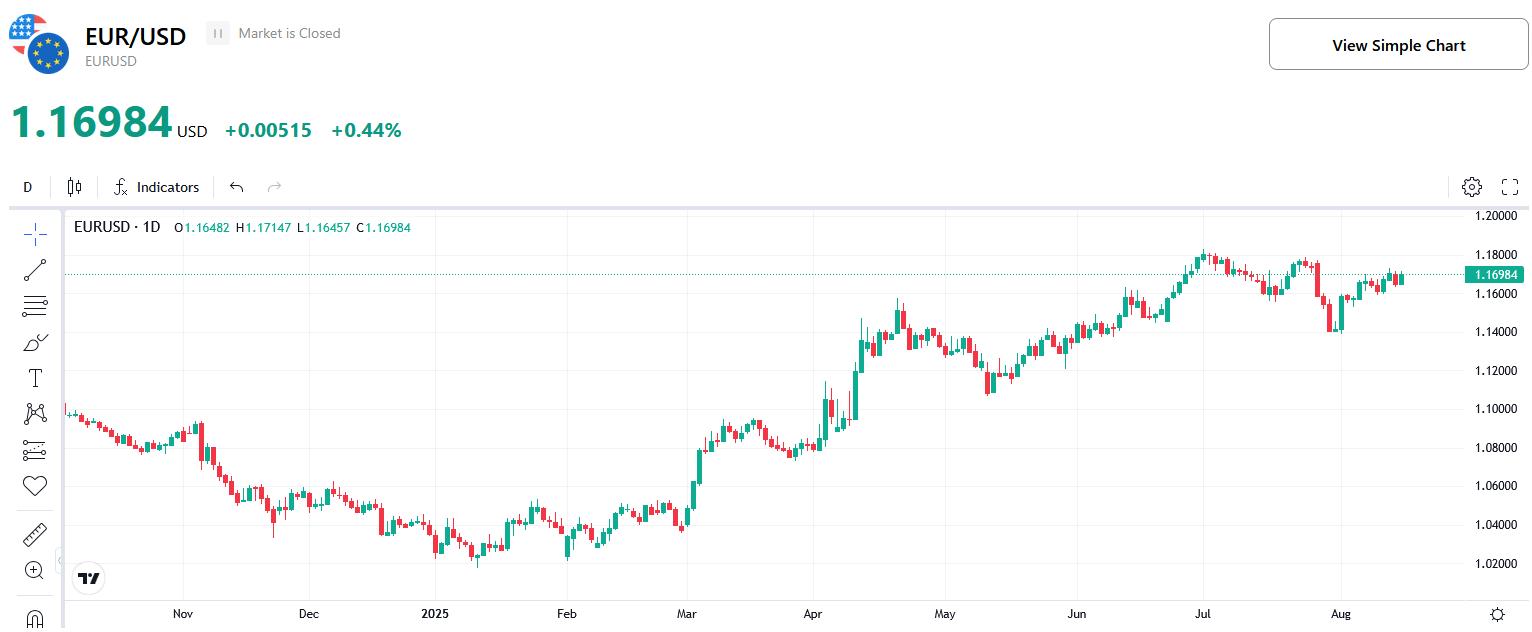
Source: TradingKey
Main Body
On 20 August 2025, the Eurozone will release its July Harmonised Index of Consumer Prices (HICP) data. Market expectations suggest the headline HICP will rise by 2% year-on-year, with the core HICP increasing by 2.3% year-on-year, both unchanged from the previous month (Figure 1).
Figure 1: Consensus Forecasts

Source: Refinitiv, TradingKey
Since the beginning of 2025, weaker economic momentum has led to a consistent decline in the Eurozone's HICP year-on-year growth. Data indicate that the headline HICP growth rate dropped significantly from 2.5% in January to 2% in July, aligning with the European Central Bank’s (ECB) target (Figure 2). According to the preliminary HICP data released on 1 August, the pace of price increases for goods has accelerated. However, subdued performance in the Eurozone’s core sector – the services sector – has dragged down the July services HICP, which recorded its lowest growth rate since March 2022.
Additionally, the preliminary HICP data also reveal variations across countries. Driven by rising prices in services and food, France and Italy’s HICP figures exceeded market expectations. In contrast, despite rising energy and food inflation in Germany, the core HICP fell below market expectations. This was primarily driven by lower inflation in specific categories, such as “package holidays” and “transport services.”
Figure 2: Eurozone HICP (%, y-o-y)
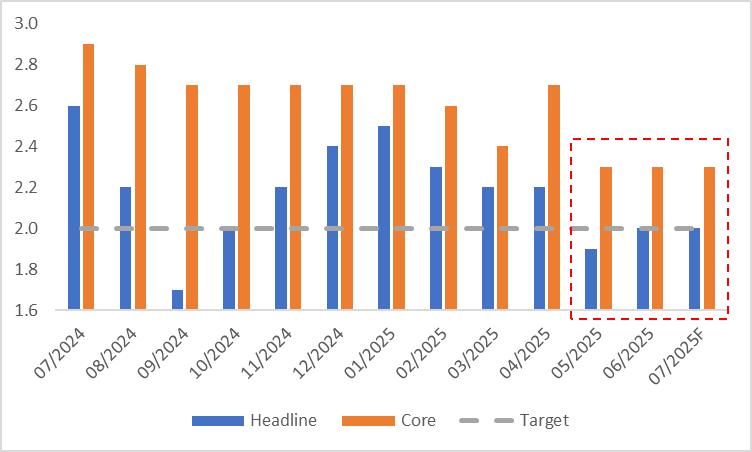
Source: Refinitiv, TradingKey
Given the slowdown in Eurozone economic growth (Figure 3) and inflation aligning with the target level, we anticipate that the ECB will maintain its accommodative monetary policy (Figure 4). The Eurozone is expected to enter a low-interest-rate environment by the first half of 2026. In the foreign exchange market, the global de-dollarisation trend is likely to continue weakening the US dollar. Concurrently, the Eurozone’s weak economic fundamentals, combined with the ECB’s ongoing rate cuts, will exert downward pressure on the euro. With both currencies facing weakening forces, we anticipate the EUR/USD exchange rate will enter a range-bound fluctuation zone.
Figure 3: Eurozone Real GDP (%)
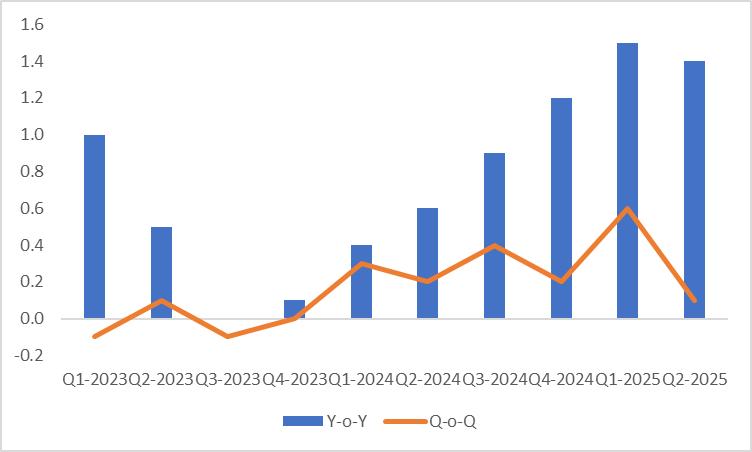
Source: Refinitiv, TradingKey
Figure 4: ECB Policy Rate (%)
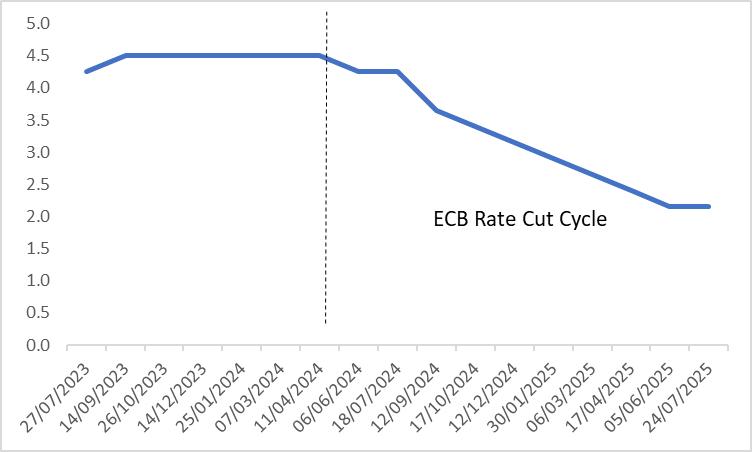
Source: Refinitiv, TradingKey



